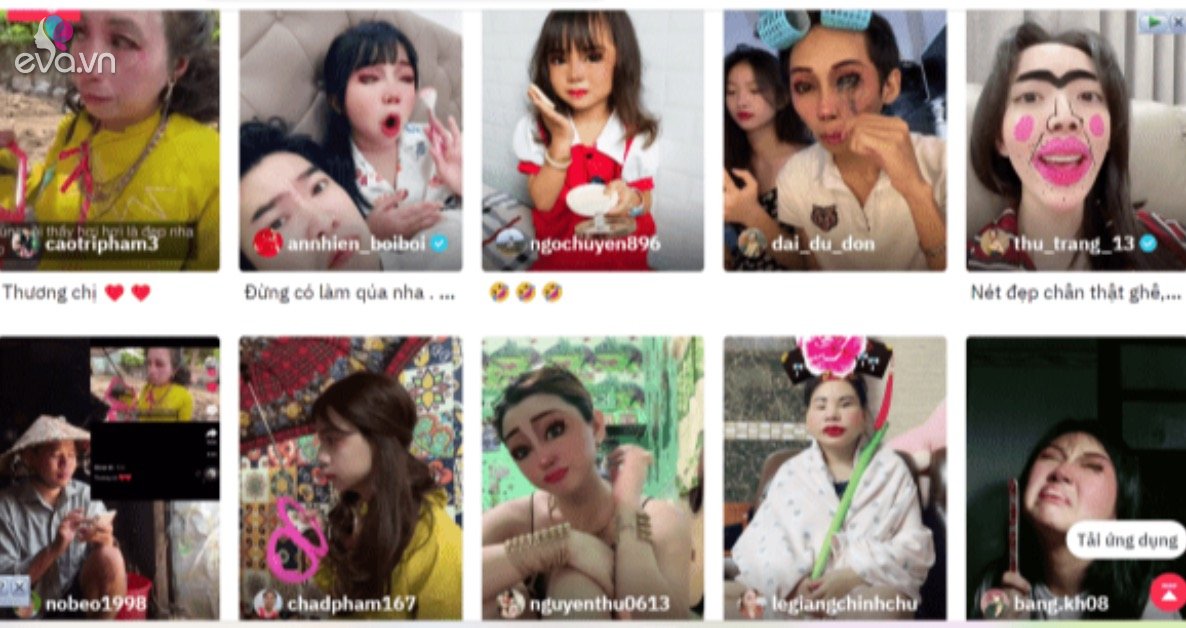Mummy brown was first made in the 16th century from crushed mummy powder, white powder, and myrrh and was loved by many artists.

Picture L’interieur d’une cuisine by painter Martin Drölling in 1815. Photo: Louvre museum
Today, most people would associate Egyptian mummies with museums, where they can be observed in galleries. However, mummies can also be found in paintings.
Egyptian mummies were once used to produce a paint called Mummy Brown, Mommia or Momie. The main ingredient of this color is crushed Egyptian mummies. This powder is then mixed with white powder and myrrh to create a beautiful brown substance. Mummy Brown was first made in the 16th century and became the color favored by Pre-Raphaelite painters – an art movement that emerged in England around the mid-19th century -.
For example, British portrait painter William Beechey, once hoarded Mummy Brown. French painter Martin Drölling also used Mummy Brown made of the remains of French kings dug up from the royal monastery of St. Denis in Paris. Experts say that the picture L’interieur d’une cuisine His is an example of mummy’s use of brown. In addition, the picture The Last Sleep of Arthur in Avalon by artist Edward Burne-Jones is also said to have painted with this particular color.
Mummy Brown lost popularity in the early 20th century. This was partly because people realized the pigment was actually made from Egyptian mummies and became increasingly aware of its scientific, archaeological, and anthropological importance. ethology and culture of mummies. Another reason is that the number of mummies available for use has decreased significantly.
When Edward Burne-Jones discovered what Mummy Brown was really made of, he went to his studio, took the color canister, and insisted on giving it a proper burial. In 1964, the Mummy Brown became “extinct” when C. Roberson & Co., a London art supplies and manufacturing company, announced that they were running out of mummies to produce this brown color.

Egyptian mummy dealer in 1870. Photo: Félix Bonfils
Powdered mummy bones were used not only for art but also for medicinal purposes. This comes from the belief that mummies contain bitumen, which the ancient Greeks used to cure a variety of ailments. In the absence of external bitumen, the ancients thought that bitumen could be used in mummies. The word “mummy” (mummy) is also derived from mum or mumiya, which means bitumen in Persian.
Due to the belief in the healing powers of mummy powder, Egyptian mummies were exported to Europe, crushed and sold in drugstores across the continent. One cause of the mummy powder craze is the belief that the mummy has a mysterious life force that can be passed on to anyone who eats it. Thus, Europeans consumed crushed mummies until the 18th century.
The high demand for Egyptian mummies means that a lot of money can be made from the sale of this item. Therefore, some people even make fakes for profit. When there was a shortage of real Egyptian mummies, the bodies of convicted criminals were used instead.
The bodies of executed criminals or slaves were treated with bitumen and sun-dried to create lifelike mummies, which were then sold to merchants. Once ground into a powder, they were almost indistinguishable from Egyptian mummies.
Today, the color Caput Mortuum, meaning “dead head” or “worthless remains”, is an alternative name for Mummy Brown and is produced by famous brands such as Faber Castell. Of course, absolutely no corpses were used in the crafting process.
Thu Thao (According to Ancient Origins)
at Blogtuan.info – Source: vnexpress.net – Read the original article here



